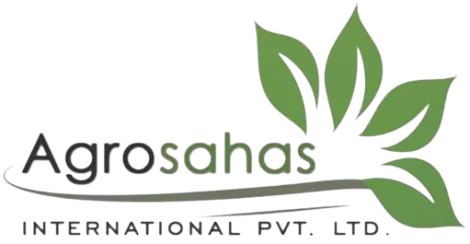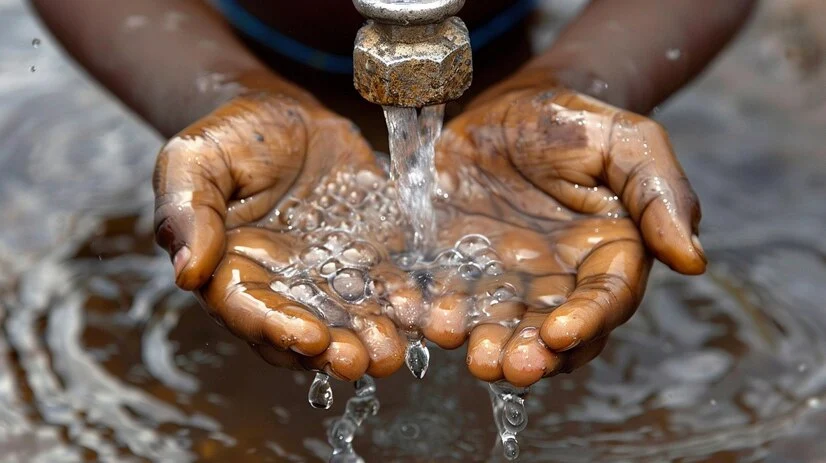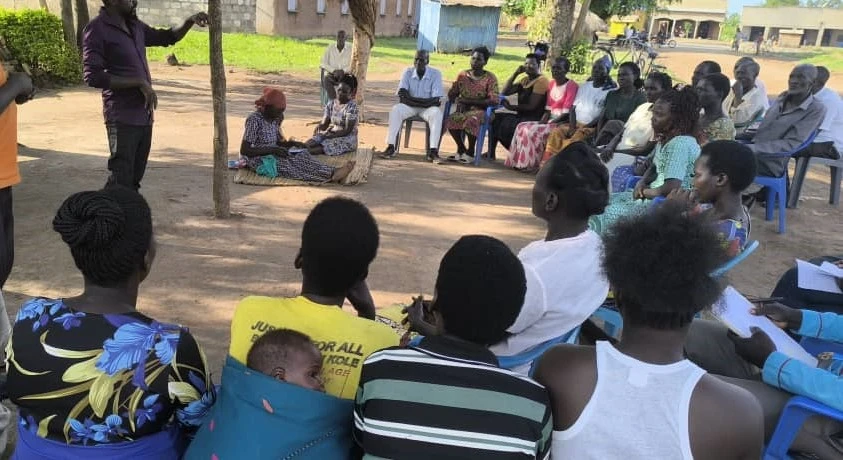Water is a vital resource for agriculture, yet it is becoming increasingly scarce due to climate change, population growth, and inefficient usage practices. To address this critical issue, Agrosahas International PVT LTD has developed and promoted various water harvesting techniques aimed at ensuring sustainable water use in agricultural practices. This blog delves into the water harvesting methods that Agrosahas advocates for, their significance in sustainable water management, and how these practices contribute to long-term agricultural productivity.
The Importance of Sustainable Water Management in Agriculture
Sustainable water management is a comprehensive approach that focuses on the efficient and equitable use of water resources to meet current and future needs without compromising the health of ecosystems. In agriculture, this approach involves practices that minimize water wastage, enhance water retention in soil, and ensure that water is available for crops throughout the growing season. Proper water management is essential for maintaining agricultural productivity, especially in regions where water is scarce or rainfall is unpredictable.
What is Water Harvesting?
Water harvesting refers to the collection and storage of rainwater or runoff for agricultural use. It is a sustainable technique that helps farmers mitigate the effects of drought, reduce dependency on groundwater, and ensure a reliable water supply for irrigation. Water harvesting methods can be simple or complex, depending on the available resources, the scale of farming, and the local environment.
Agrosahas’ Water Harvesting Techniques
Agrosahas International PVT LTD is committed to promoting water harvesting techniques that are both effective and adaptable to different agricultural settings. Below are some of the key water harvesting methods that Agrosahas advocates for:
1. Rainwater Harvesting
Rainwater harvesting involves capturing and storing rainwater from rooftops, fields, or other surfaces for later use in irrigation. This technique is particularly beneficial in areas with seasonal rainfall, allowing farmers to collect water during the rainy season and use it during dry periods.
- Rooftop Rainwater Harvesting: This method involves collecting rainwater from rooftops and channeling it into storage tanks or underground reservoirs. The collected water can then be used for irrigation, livestock, or even household needs.
- Field-Level Harvesting: In this method, rainwater is collected from agricultural fields and stored in ponds or small dams. This helps to prevent runoff and ensures that water is available for crops when needed.
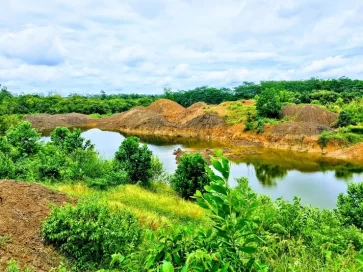
2. Check Dams
Check dams are small, temporary or permanent barriers built across watercourses to slow down the flow of water and promote groundwater recharge. By trapping water, check dams help increase soil moisture and reduce erosion, making them an effective water management tool in hilly or semi-arid regions.
- Benefits: Check dams not only prevent soil erosion but also enhance groundwater levels, providing a reliable water source for agriculture even during dry spells.
3. Contour Bunding
Contour bunding is a technique used to prevent soil erosion and water runoff on sloping land. It involves the construction of small embankments along the contour lines of a field, which slows down the flow of water and allows it to seep into the soil.
- Impact: This method improves soil moisture, reduces erosion, and enhances the fertility of the land, making it more productive for agriculture.
4. Percolation Pits
Percolation pits are shallow trenches or pits dug in the soil to capture and store rainwater, allowing it to percolate into the ground and recharge groundwater levels. These pits are especially useful in areas with low rainfall, where they help maintain soil moisture and support crop growth.
- Advantages: Percolation pits are cost-effective and easy to implement, making them a popular choice for smallholder farmers looking to improve water availability.
The Role of Water Harvesting in Sustainable Water Management
Water harvesting techniques play a crucial role in sustainable water management by ensuring that water is conserved and used efficiently in agriculture. By capturing and storing rainwater, these methods help to reduce the pressure on existing water resources, such as rivers and groundwater, which are often over-exploited. Additionally, water harvesting contributes to the restoration of local ecosystems by maintaining soil moisture, preventing erosion, and enhancing groundwater recharge.
Agrosahas’ Approach to Sustainable Water Use
At Agrosahas, sustainable water use is a core component of our agricultural practices. We believe that effective water management is essential for achieving food security, improving agricultural productivity, and ensuring the long-term viability of farming in water-scarce regions. Our approach to sustainable water use includes:
- Training and Capacity Building: We provide farmers with the knowledge and skills needed to implement water harvesting techniques effectively. This includes training on the construction and maintenance of water harvesting structures, as well as best practices for water conservation.
- Community Engagement: We work closely with local communities to promote collective action in water management. By involving communities in the planning and implementation of water harvesting projects, we ensure that these initiatives are sustainable and have a lasting impact.
- Research and Innovation: Agrosahas is continually researching new and innovative water management techniques that can be adapted to different agricultural settings. We are committed to finding solutions that are both effective and affordable for smallholder farmers.
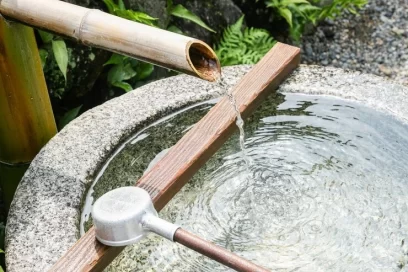
Conclusion
Water harvesting is a vital strategy for ensuring sustainable water use in agriculture, particularly in regions facing water scarcity and unpredictable rainfall. Agrosahas International PVT LTD is leading the way in promoting water harvesting techniques that help farmers conserve water, enhance soil fertility, and maintain agricultural productivity. By adopting these methods, farmers can build resilience to climate change, improve their livelihoods, and contribute to the sustainable management of water resources.
